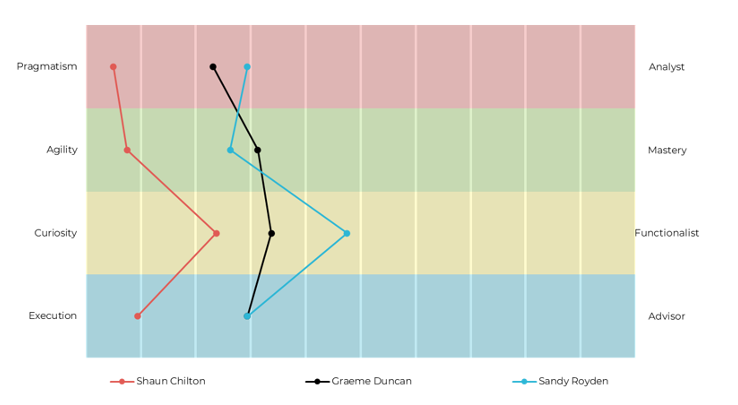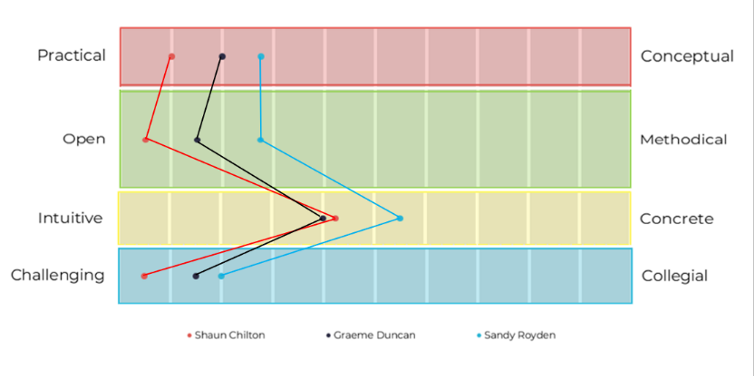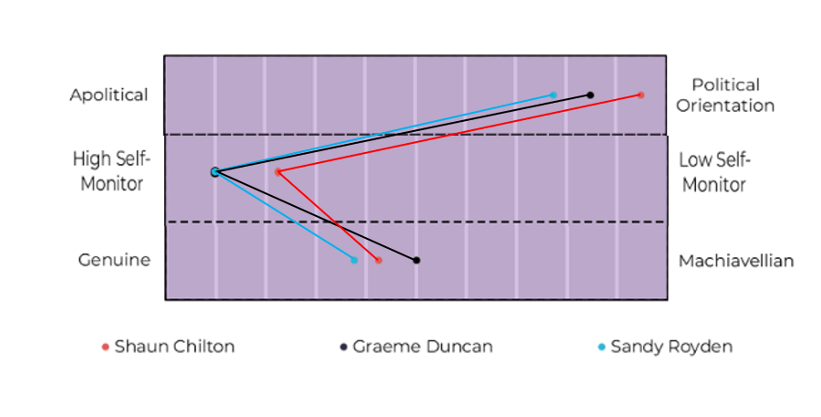Contact Us
If you’re seeking ways to invest in leadership teams or require the expertise, guidance and support of a strategic-led implementation partner, then contact us today and a member of our team will be in touch soon.

December 4th, 2023
The role of a Chief Executive Officer is a demanding task. It requires a multitude of different skills, a high level of commitment and a set of standards that exceed any other role within the C-Suite. Within a company backed by private equity the CEO role also contains the added pressure of a constantly ticking clock and an ever-advancing horizon. Every thought and action for a CEO in this environment is taken with one eye on a planned value crystallisation event.
Post-CEO Transition Routes:
As an executive traverses this challenging terrain, it is often very difficult to give much thought to what they might decide to do once their planned exit event has passed. Many factors can influence this decision but typically a CEO will choose one of three routes post-transaction:
1. Exploring Other Pursuits:
The role of a CEO in private equity is uniquely challenging. For some, once is enough.
2. Continuing the Journey:
Occasionally, the story has a further chapter and an individual’s (and their investor’s) plan is for that person to continue with the business through its next phase.
3. Developing a Plural Career:
Some executives decide that whilst their time as a CEO has come to an end, their time in the boardroom has not.
It is these individuals that we are looking to understand further.
Logic Behind Transition to Plural Non-Executive Director (NXD):
Transitioning from a CEO to a plural non-executive is a logical and well-trodden route. The experiences, perspective, skillsets, and behaviours that a successful CEO develops during their time in the hot seat have tangible value and for some, the desire to help other CEOs on their journey as well as continuing to develop their own experiences and positively impact the business’s that they’re involved with burns brightly.
Less-Known Aspects of the CEO-to-NXD Journey:
What is less well known however is the journey that a Chief Executive goes through during this sliding door moment.
To add some colour to this stage of an executive’s career, we have asked three life science industry leaders who have recently undertaken this transition to share their experiences, thoughts, and feelings. We have also sought (through the utilisation of our PACE behavioural model) to identify common behavioural traits that exist within all three individuals, with the hope that others who are considering taking similar steps in the future might find some value in the insights.
Our contributors:
 Contributors' Background:
Contributors' Background:
As Executives, Shaun (Clinigen), Graeme (Advanz Pharma) and Sandy (Open Health) were successful in leading their organisations to notable value-creation events within the private equity market. Their combined exit value of over £3billion alongside their robust knowledge of their respective sub-sectors and their reputations as leaders within their domains has meant that their plural careers have taken off quickly and successfully and given that each of our leaders is at an early phase of their transition from full-time CEO to plural NXD, their fresh insights and recent experiences were hugely valuable in helping us understand this topic more closely.
Insights from Industry Leaders:
The summarised insights below were collected throughout three interviews and through Shaun, Graeme, and Sandy’s participation in our PACE behavioural questionnaire:
Clarity is Key - Shaun Chilton:
‘It is tempting to just jump into the next thing, but you must try as hard as you can to go through the process. You must give it time, even if that time is slightly longer than is comfortable. I think that the time spent really working out what you want to do next is very important.’
Gain Diverse Perspectives - Sandy Royden:
“Don't be shy about talking to lots and lots of different people about their experiences and thoughts regarding the topic. It helped me.’
Learn from Past Executives - Graeme Duncan:
“I worked with a Chairman that was fantastic, and I learned a lot about what it meant to be a non-executive from just watching the way he operated.”
Direction initiates action – Shaun Chilton and Graeme Duncan:
SC: “When I decided to transition to plural, I thought about what I’d done and how that might translate. I then set out to try and find those types of environments.”
GD: “I spent a lot of time thinking about what I offer, and I am very clear on what that is. I only wanted to find non-executive opportunities where I felt I could add value.”
Muscle memory means something – Shaun Chilton, Graeme Duncan, Sandy Royden:
GD: “I think that there is a lot of power in being a recent C-Suite executive. Having cut your teeth and go through that experience allows you to be able to bring that to bear in the first two or three years post stepping away from it.”
SC: “Even if the business is a lot smaller than what you’re used to as a CEO, the principles are still the same. If it's got similar characteristics and that gives you an insight, then that's relevant.”
SR: “I think that the experience of being a recent CEO means that you can understand the strategy and where the business wants to go but then equally you can understand what is needed to successfully implement it.”
Beneficial behaviours:
A person’s behavioural DNA is shaped through the variety of life and work experiences they go through, meaning all executives, and all people, are unique.
Our Chairs are no different and Shaun, Graeme and Sandy demonstrate, in the main, their unique behavioural profiles. This is highlighted in the image below:

Whilst their overall profiles differ, there are however certain sub-behavioural traits that overlap and that we may be able to learn from. The below image outlines the behavioural areas whereby Shaun, Graeme and Sandy converge most closely.

Our practical participants will act quickly and confidently with ideas that they’re attracted to, gaining comfort from action and instilling change across various facets of a business. Often creative, they will be open to trying new things and will have a readiness to understand other people, technologies, business models and strategies. Their dual thinking styles will see them regularly assume the role of mediator between blue sky thinkers and those more driven by data, allowing them to aid when translating vision into operational reality. Natural challengers will say what they think and question the status quo. Holding the businesses and executives that they’re working with to account and ensuring the organisation is clear of its obligations.
As Shaun, Graeme and Sandy’s plural careers develop, it is expected that their high practical and challenging scores would become less pronounced whilst balanced thinking styles and high levels of mental agility would remain.
Our behavioural ‘amplifiers’ heighten or regulate our behavioural preferences within our perception of what is an acceptable range. Highlighted below we see further convergence in our participant's behavioural profiles.

The above graphic indicates that Shaun, Graeme and Sandy will effectively manage a range of blended stakeholders, which is critical for a chair in a private equity environment. Their political/self-monitor/genuine mix would also ensure a strong relationship with CEOs and the ability to increase efficiency and expedite change, driving results whilst still building rapport. Shaun, Graeme and Sandy would all naturally seek to influence and be comfortable engaging with people to drive a result for the businesses that they are involved with.
In summary, the journey from CEO to Non-Executive Director is not a mere transition but a strategic evolution. Insights from experienced leaders like Shaun Chilton, Graeme Duncan, and Sandy Royden provide valuable guidance for those contemplating a similar journey in the future. This strategic shift demands careful consideration, diverse perspectives, and a clear sense of direction.

If you’re seeking ways to invest in leadership teams or require the expertise, guidance and support of a strategic-led implementation partner, then contact us today and a member of our team will be in touch soon.

Apply now and a member of our team will be in touch shortly.